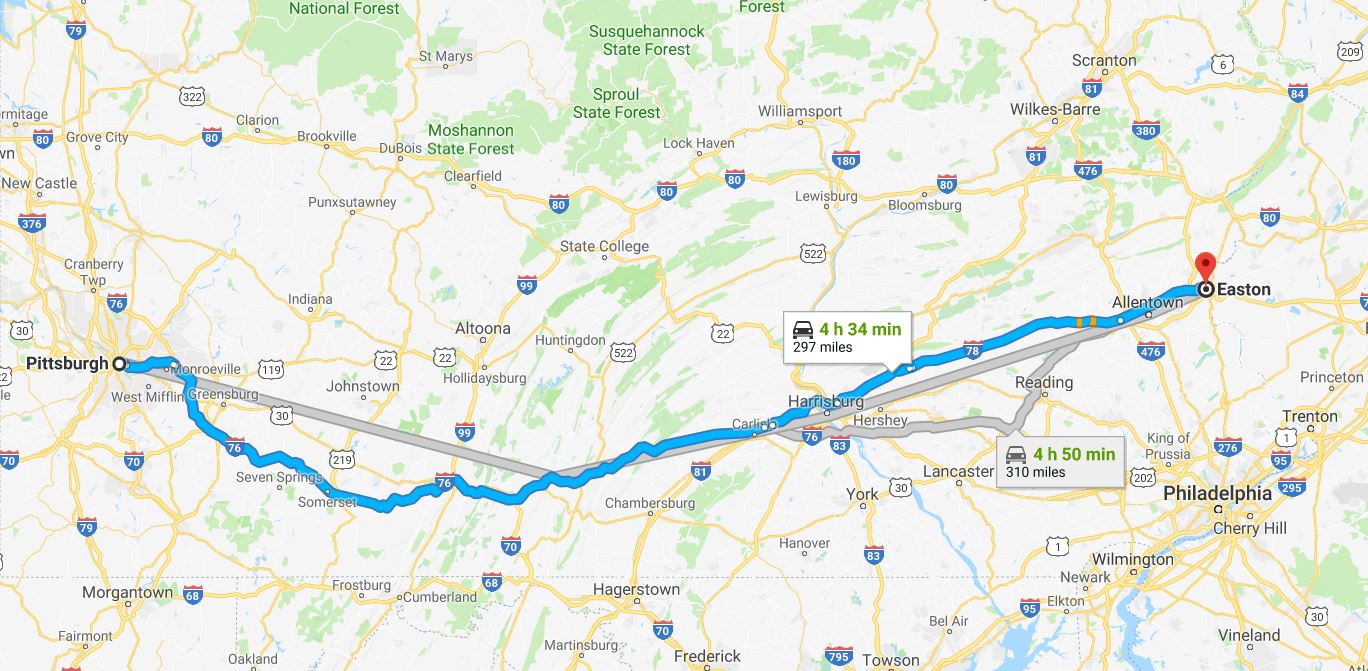I’ve been fascinated by magic and magicians since I was a kid. When my parents went to Orlando on a business trip for my father they brought me back a Mickey Mouse Magic Set, and I spent a few weeks putting on shows for the family. As a teenager I got into Dungeons and Dragons and studied hypnotism from school library books (I never got it to work). I’ve since (mostly) given up trying to perform magic, but I find poetry satisfies similar needs and works in similar ways.
By the way, I also wrote a book of poems called The Magician’s Handbook. Funny how our childhood obsessions express themselves in adulthood.
Anyway, I’ve recently been watching the Netflix series Magic For Humans. Most of the show revolves around the magician Justin Willman stopping people in the street to perform tricks for them. They’re usually in-close tricks—coins, cards, etc. rather than disappearing elephants (yet)—the audience, both in person and over television, is captivated and bewildered. And that’s where the connection to poetry comes in for me.
Willman’s magic, in part, relies on his ability to draw the audience into his world. He makes them feel welcome, safe. In short, though they may be skeptical, they trust him. His demeanor, his forthrightness, his easy smile, break through people’s built-in skeptic barrier. The audience opens up to the experience, whatever will happen. Yes, by default everyone knows it’s a trick, a series of gestures, mechanics and slight of hand to convince the viewer of the veracity of what they’re experiencing. It’s that trust that solidifies the experience, that makes it work for the viewer, even when they’re being manipulated.
For me, that’s a lot of what I look for in poetry, or what makes the poetry I like work for me. In the same way that a magician needs to establish a trusting relationship with the audience in order for them to enjoy the show (and gasp with delight at the end), a poet should also form a trusting relationship with the reader. In a poem you’re asking people to follow you into some unknown place, and for many people, poetry is an intimidating place. How do you get them to go along with your gestures and slight of hand? Through trust, which leads to a relationship, and ends in communion—a sharing of the experience. In magic, that experience is usually (hopefully) delight and astonishment. In poetry it may also be those things, but it may also be shared sorrow, regret, nostalgia, and sometimes joy (there’s sadly not enough of the latter).
Poetry does magic in another way too, the transformation kind of magic. We’re astounded when we see Willman turn something into something else, and that’s exactly what good poems do all the time. Poems take a thing—an object, image, experience—and turn it into language. That alone is a feat of magic that isn’t lost on linguistic historians. But even more, the language of poetry takes those words and transforms them into insight. Poetry for me is a way of seeing the world, not just as a series of things and experiences, but as a series of insights—the essence of metaphor, which is what makes poetry valuable for me, and what I think makes poets interesting people. They just see differently.
Which is all to say that I think poetry is a kind of magic.
Also, watch Magic for Humans. It’s one of my favorite shows.




